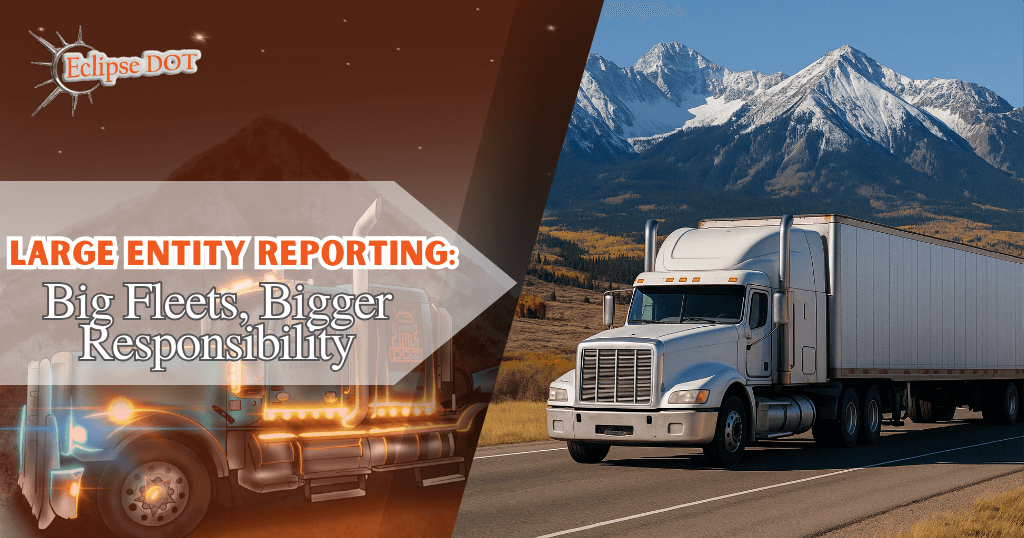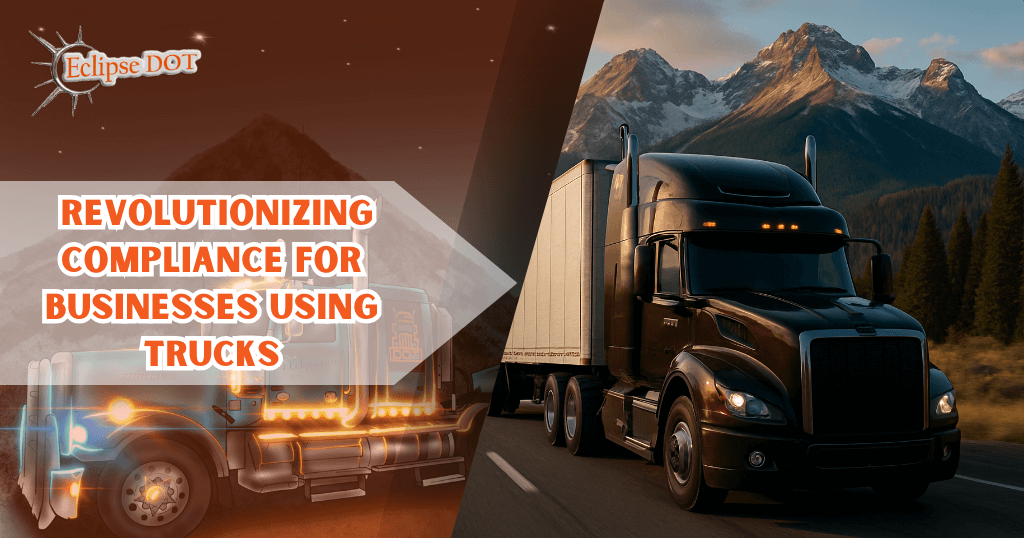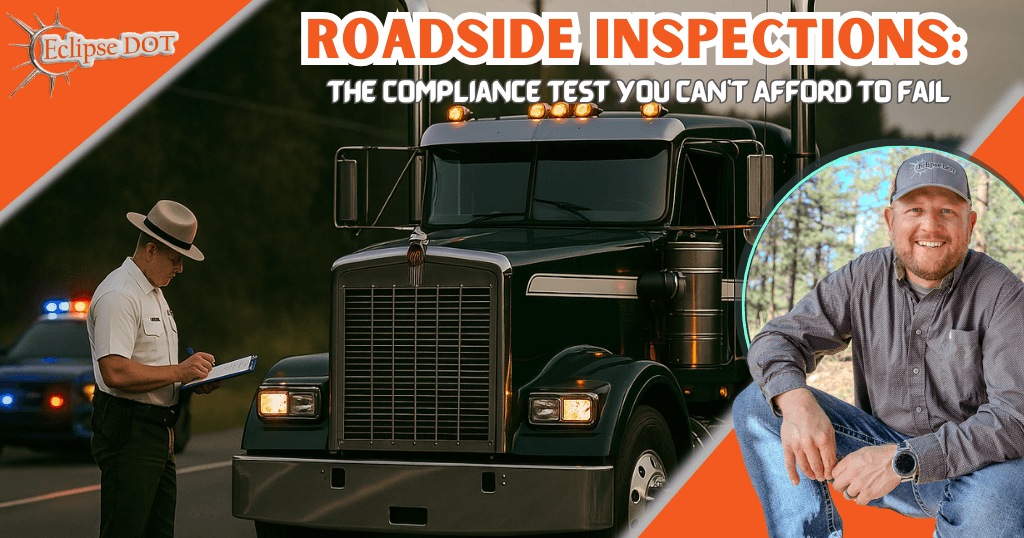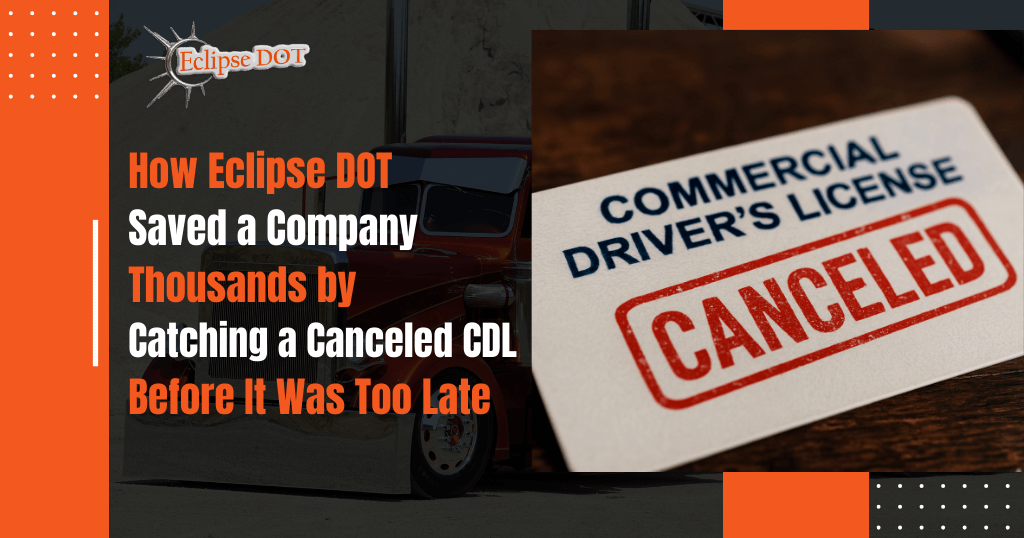If your fleet’s got size, Colorado’s got questions—and skipping the answers could cost you big.
Let’s be real for a minute. Nobody opens their email excited to see the words “Air Quality Control Commission.” It’s not exactly what you’d call exciting reading.
But if your business rolls heavy in Colorado—literally—with 20 or more vehicles over 8,500 pounds, you’d better start paying attention. Because Colorado just rang the compliance bell, and Large Entity Reporting (LER) is about to shake up the way you manage your fleet.
This isn’t some “suggestion” from the state. It’s the real deal. Regulations. Deadlines. Penalties. All of it. So grab a cup of coffee, kick your feet up, and let us break it down Dan Greer-style—plain, straight, and with just enough sass to keep you awake.
 What Is Large Entity Reporting (LER)?
What Is Large Entity Reporting (LER)?
Think of LER as Colorado’s way of saying, “If you’re moving a lot of metal, we want to know how, where, and why.”
Back on April 21, 2023, the Air Quality Control Commission (AQCC) adopted changes to Regulation Number 20. Specifically, they added Part G—a new section designed to require reporting from large fleet operators to better understand how Zero Emission Vehicles (ZEVs) might actually work in the real world.
The goal? To collect the data needed to shape policies that will guide Colorado’s clean transportation future. They’re not making guesses—they’re calling in the folks who know the roads best: fleet owners like you.
So if you’re managing a large fleet, this rule isn’t just background noise—it’s front-and-center, and it affects your operations.
 Who Needs to Report?
Who Needs to Report?
This is where the rubber meets the road. If you fall into any of these categories, Colorado expects a report from you:




And let’s be clear—we’re not just talking about 18-wheelers. This includes:
-
Heavy-duty pickups
-
Delivery trucks
-
Box trucks
-
School buses
-
Yard tractors
-
Large vans
-
Any other big ol’ rig that tips the scale over 8,500 lbs GVWR
If your fleet’s built to haul, tow, or carry with muscle, you’re in the zone.
 What Data Do You Have to Report?
What Data Do You Have to Report?
Don’t worry—they’re not asking for your blood type. But you are expected to provide a solid snapshot of your fleet’s operation.
Here’s what’s on the list:




Let’s not sugarcoat it—it’s a lot. But it’s doable. And if you keep good records (you do, right?), then it’s not as scary as it sounds.
 Why Does Colorado Want This?
Why Does Colorado Want This?
This is where it gets a little more philosophical. Colorado’s not just out here collecting data for fun—they’re building a plan.
By gathering data from real-life operations, they can:




In short: They’re aiming for a zero-emission future, and they’re doing it the smart way—by talking to the folks who are actually out there doing the work.
And let’s be honest—if they’re going to make big decisions that affect your fleet, wouldn’t you rather they do it based on accurate info you provided?
 When Are the Deadlines?
When Are the Deadlines?
Colorado isn’t messing around with this one. There’s a clear timeline, and missing it isn’t an option unless you want penalties knocking at your door.



Don’t push this off. This is the kind of deadline that will come back to bite you if you treat it like optional homework.
 How Long Do You Have to Keep Records?
How Long Do You Have to Keep Records?
Get ready to hang onto those files. Colorado requires that you maintain all records used to satisfy LER requirements for five years after the end of each reporting cycle.
That means:
-
Fuel logs
-
Dispatch records
-
Registration documents
-
Subhauler contracts
-
Any reports or data used to complete your submission
So whether you’re Team Digital or still rockin’ a good ol’ metal file cabinet, make sure you’ve got that info backed up and accessible.
 What Happens If You Ignore This?
What Happens If You Ignore This?
One word: Enforcement.
If you don’t report—or you report late or inaccurately—you open the door to:



The Colorado Department of Public Health and Environment (CDPHE) isn’t issuing these regulations for fun. They’ve got teeth, and they’re authorized under § 25-7-115 and § 25-7-122 C.R.S. to bite if you don’t follow the rules.
 Where Can You Get Help?
Where Can You Get Help?
Thankfully, Colorado didn’t just drop this rule and walk away. They’ve set up some solid resources:

The official resource hub. Where you’ll find everything you need to complete the Large Entity Reporting process—from instructions to downloadable forms and helpful resources.

A full walkthrough of the reporting process—because, let’s face it, government PDFs aren’t always crystal clear.

Have questions? Email the CDPHE team directly.
Or, better yet—let Eclipse DOT help you. We speak compliance. We decode legal jargon. And we can help make sure your reporting is buttoned up tighter than a truck tarp in a Kansas windstorm.
 Final Thoughts from Dan
Final Thoughts from Dan
Look, I get it—this kind of thing isn’t why you got into the business. You didn’t build a fleet just to do paperwork. You built it to haul, to serve, and to keep things moving.
But staying in business means staying compliant.
And staying compliant means knowing when the game changes—and adapting fast.
Large Entity Reporting isn’t about adding red tape to your day. It’s about getting ahead of a future that’s coming fast, whether we’re ready or not. The question is: Are you gonna be behind the wheel when the future arrives, or stuck in the breakdown lane because you ignored the signs?
Here at Eclipse DOT, we don’t just talk about compliance—we live it. We’ve got the tools, the know-how, and the team to help you knock out your LER requirements with confidence and keep your focus on running a strong, safe, and forward-thinking operation.
Don’t wait for a fine to wake you up.
Let’s handle this thing together—before it handles you.
Gain exclusive access to our CDL & DOT Compliance articles with a trial at DOTDocs.com. And don’t forget to claim your FREE micro audit at THE ECLIPSE DOT MICRO AUDIT. Ready for seamless operations? Discover the difference today!



 SOURCES:
SOURCES:


One thought on “Large Entity Reporting: Big Fleets, Bigger Responsibility”
I love how you explained this so clearly. Subscribed for more!